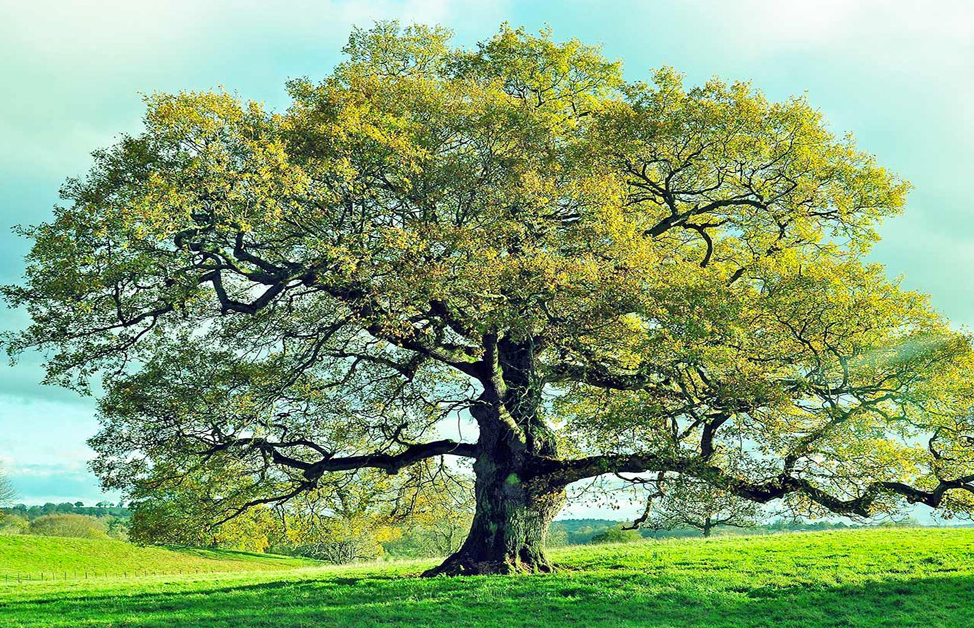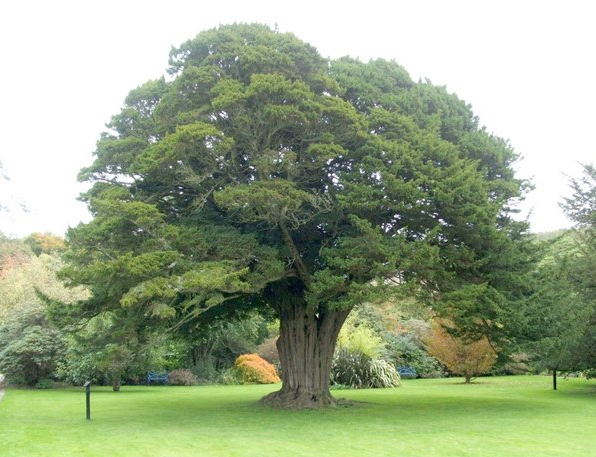Let’s talk about Canada National Tree. Canada, a vast and diverse country, is known for its rich cultural heritage and natural beauty. As a nation, Canada takes great pride in its national symbols that represent its identity and values. One such symbol is the maple tree, which holds a special place in the hearts of Canadians. In this article, we will delve into the details of the maple tree, exploring its characteristics, cultural significance, environmental impact, economic importance, and more.
National symbols play a crucial role in defining a country’s identity and fostering a sense of pride among its citizens. They serve as visual representations of a nation’s history, culture, and natural heritage. National trees, in particular, hold immense significance as they symbolize the rootedness, strength, and resilience of a country. In the case of Canada, the maple tree stands tall as the beloved national tree.
The Maple Tree
The maple tree, scientifically known as Acer, is a deciduous tree known for its stunning beauty and vibrant autumn foliage. It belongs to the family Sapindaceae and is native to North America. In Canada, the most iconic species of maple tree is the sugar maple (Acer saccharum), renowned for its brilliant red, orange, and yellow leaves during the fall season. Maple trees can reach an impressive height of up to 30 meters, with a dense canopy that provides shade and shelter to various species of wildlife.
Historically, the maple tree has been intertwined with Canadian culture and history. Indigenous peoples have long revered the maple tree for its sap, which they used as a source of nutrition and medicine. Early European settlers in Canada quickly recognized the maple tree’s potential and began tapping its sap to produce maple syrup and sugar, a tradition that continues to this day.
Symbolism and Cultural Significance of Canada National Tree
The maple leaf has become one of Canada’s most recognizable national symbols. The distinctive shape of the maple leaf adorns the country’s flag, official emblems, and various cultural artifacts. It is widely regarded as a powerful symbol of Canadian identity, unity, and diversity. The maple leaf’s simplicity and beauty evoke a sense of pride and patriotism among Canadians, both at home and abroad.
Another aspect of the maple tree’s cultural significance lies in its association with maple syrup. Canada is the world’s largest producer of maple syrup, accounting for over 70% of global production. Maple syrup has become a staple in Canadian cuisine, enjoyed on pancakes, waffles, and various other dishes. It represents not only a delicious treat but also a testament to Canada’s natural abundance and resourcefulness.
Environmental Impact of Canada National Tree
Maple trees play a vital role in the ecosystems of Canada. They provide habitat and food for numerous species of birds, insects, and mammals. The dense foliage of maple trees offers shade and shelter, creating a microenvironment that supports a diverse range of organisms. Additionally, maple trees contribute to soil stability, erosion prevention, and water conservation, making them essential for maintaining a healthy environment.
Conservation efforts are underway to protect maple trees and preserve their ecological benefits. Sustainable forestry practices ensure the responsible management of maple forests, striking a balance between timber production and environmental preservation. Additionally, initiatives focus on raising awareness about the importance of preserving maple trees, both for their environmental significance and cultural heritage.
Economic Importance of Canada National Tree
The maple tree holds considerable economic importance for Canada. The timber industry utilizes maple wood for a variety of applications, including furniture, flooring, and musical instruments. Maple wood is highly valued for its durability, attractive grain patterns, and unique coloration.
Moreover, the maple syrup industry contributes significantly to Canada’s economy. Maple syrup production involves tapping maple trees to collect their sap, which is then boiled down to produce the syrup. This process requires specific environmental conditions and expertise, making Canadian maple syrup a premium product. The maple syrup industry generates substantial revenue, provides employment opportunities, and attracts tourists to maple-producing regions.
Tourism and Recreation
The maple tree’s beauty and vibrant fall colors make it a major attraction for tourists in Canada. During the autumn season, maple forests transform into breathtaking landscapes, displaying a kaleidoscope of red, orange, and golden hues. Tourists from around the world flock to witness this natural spectacle, driving tourism in regions known for their maple trees.
Additionally, maple tree festivals celebrate the arrival of fall foliage and Canada’s rich maple heritage. These festivals feature various activities, such as maple syrup tastings, tree identification tours, live music performances, and cultural exhibitions. They offer visitors a chance to experience the cultural significance of the maple tree firsthand, fostering a deeper appreciation for Canada’s natural beauty.
Conservation and Preservation of Canada National Tree
To ensure the long-term survival of maple trees in Canada, conservation efforts are vital. Several organizations and programs focus on protecting maple forests, raising awareness about the environmental benefits of maple trees, and promoting sustainable practices. These initiatives aim to safeguard the genetic diversity of maple species, combat invasive species, and mitigate the impact of climate change on maple forests.
Individuals can contribute to maple tree conservation by planting native maple species, participating in community tree planting programs, and supporting local maple producers who prioritize sustainable practices. By actively engaging in conservation efforts, Canadians can play a role in preserving their national tree for future generations.
FAQs
Q: What is the scientific name of the maple tree?
A: The scientific name of the maple tree is Acer.
Q: Are there different species of maple trees in Canada?
A: Yes, Canada is home to several species of maple trees, including the sugar maple (Acer saccharum), red maple (Acer rubrum), and silver maple (Acer saccharinum), among others.
Q: How long does it take for a maple tree to grow and reach maturity?
A: The growth rate of maple trees can vary depending on the species and growing conditions. Generally, it takes several decades for a maple tree to reach maturity.
Q: Can maple trees be grown outside of Canada?
A: Yes, maple trees can be grown in various regions around the world, as long as the climate and soil conditions are suitable for their growth.
Q: Are there any endangered species of maple trees in Canada?
A: While maple trees, in general, are not endangered, specific species or populations may be at risk due to habitat loss, climate change, or other factors. Conservation efforts aim to protect and preserve all maple tree species in Canada.
Conclusion
The maple tree stands as a powerful symbol of Canadian identity, representing the country’s natural beauty, cultural heritage, and environmental stewardship. From its iconic leaf on the national flag to its golden syrup, the maple tree has deeply rooted itself in the hearts and minds of Canadians. As we appreciate the significance of this national tree, let us also recognize the importance of conservation and preservation, ensuring that future generations can continue to enjoy the splendor and benefits of the maple tree.
References:
- Government of Canada. (2021). The National Symbols of Canada. https://www.canada.ca/en/canadian-heritage/services/national-symbols-canada.html
- Canadian Encyclopedia. (n.d.). Maple Tree. https://www.thecanadianencyclopedia.ca/en/article/maple-tree
- Natural Resources Canada. (2019). The Maple Tree – A Symbol of Canada. https://www.nrcan.gc.ca/forests/canada/sustainable-forest-management/canadian-forest-sector/national-symbols-canada/13308

